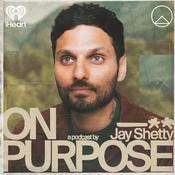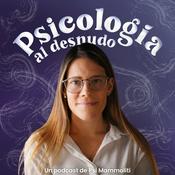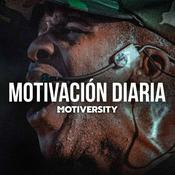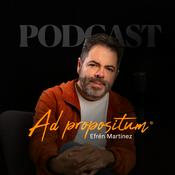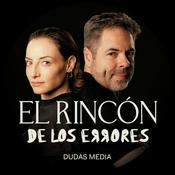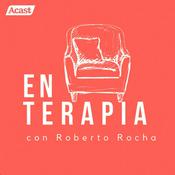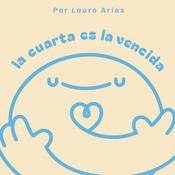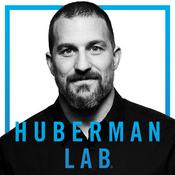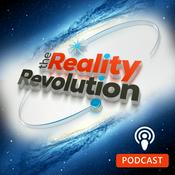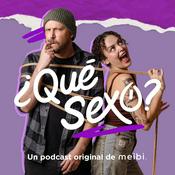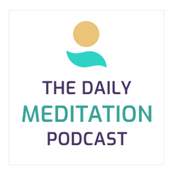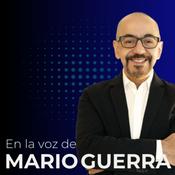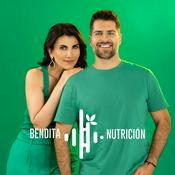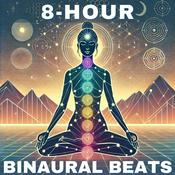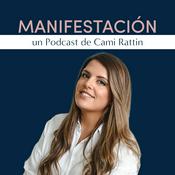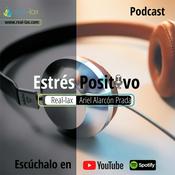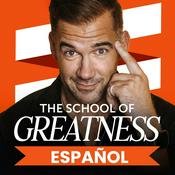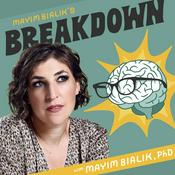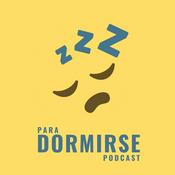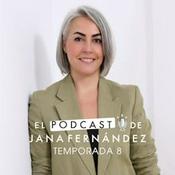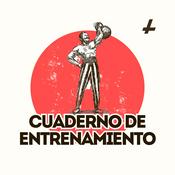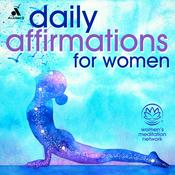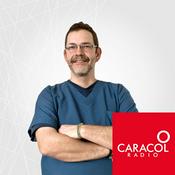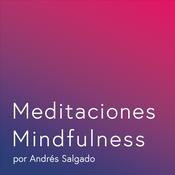355 episodios

Core | #355
08/1/2026 | 24 min
In this episode, I explore the difference between true core stability and habitual bracing, and why relying on bracing can actually make us less stable over time. I explain why this topic is especially relevant now, as more people in yoga, fitness, and bodywork are moving beyond an "abs-only" view of the core. I also share why I revisited this conversation alongside the updated 2026 Power of Pure Movement program. I break down how real stability comes from responsiveness, coordination, and adaptability—not rigidity. Through anatomy, breath awareness, and simple movement examples, I invite you to notice where bracing shows up in your body and how load is being managed. This episode is about learning to use less effort, allow more movement, and build a core that responds intelligently rather than one that's constantly held tight.

Happy New Year: Rest and Relaxation Body Scan | #354
01/1/2026 | 13 min
In this episode, I guide you through a gentle yoga nidra practice focused on body scanning, breath awareness, and deep relaxation. I invite you to get comfortable, settle your body fully, and allow yourself to let go of effort as you move into a state of stillness and ease. Through a slow, flowing awareness of different parts of the body, this practice supports rest, presence, and a sense of being quietly held. I also introduce the use of intention and the so hum mantra as a way to connect inner awareness with how you want to be in your life. By sensing the natural rhythm of your breath and noticing how intention resonates in the body, this practice offers a space to restore, reset, and gently transition back into your day with more clarity and calm.

Merry Christmas: 14 Minute Body Scan | #353
25/12/2025 | 15 min
In this episode, I guide you through a gentle yoga nidra practice designed to help you settle, soften, and truly rest during the busy Christmas holiday season. This recording focuses on the physical body, inviting you to become more comfortable, to let go of effort, and to allow your nervous system to downshift without needing to fix or change anything. Through a slow, systematic journey of awareness through the body, I invite you to notice sensation as it is, reconnect with breath, and work with intention in a receptive, non striving way. This practice is an opportunity to rest deeply, reconnect with yourself, and create space for ease, clarity, and restoration before returning to the rest of your day.

The Deadlift | #352
18/12/2025 | 26 min
In this episode, I use the deadlift as a lens to explore how sensation and mechanics work together in reducing pain and improving performance. I walk through the difference between interoception and proprioception and why sensation does not automatically mean injury. By paying attention to how the body organizes itself under load, we can move away from compensation and toward clearer, more efficient movement patterns. I also discuss bracing, breath, and responsiveness, and introduce the concept of yellow lights, the subtle signals that appear before pain does. This episode is especially helpful if you are returning to lifting after pain, feeling unsure about core bracing, or wanting to lift with more ease, clarity, and confidence while still building strength.

Extending the Exhale | #351
11/12/2025 | 11 min
In this episode, I guide you through a simple but profoundly calming lengthening-the-exhale practice. It's under ten minutes, yet it can make a significant shift in your body and mind by helping you down-regulate, settle, and soften states of wiredness or vigilance. I walk you through noticing your breath, tuning into where it moves, and observing its natural rhythm before gently encouraging the exhale to lengthen. As I lead you through this process, I highlight how to stay within ease, how the inhale naturally responds to the exhale, and what to watch for so the practice remains supportive rather than straining. I also share considerations for practicing safely, recognizing signs of tension, and building your breathwork capacity with honesty and awareness. This is a practice you can return to anytime you need grounding or a moment to reconnect with yourself.
Más podcasts de Salud y forma física
Podcasts a la moda de Salud y forma física
Acerca de From Pain to Possibility
Escucha From Pain to Possibility, Abierta Mente y muchos más podcasts de todo el mundo con la aplicación de radio.net
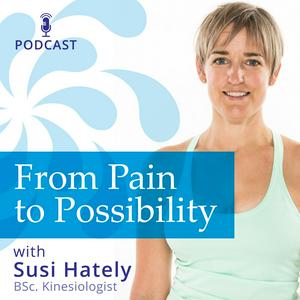
Descarga la app gratuita: radio.net
- Añadir radios y podcasts a favoritos
- Transmisión por Wi-Fi y Bluetooth
- Carplay & Android Auto compatible
- Muchas otras funciones de la app
Descarga la app gratuita: radio.net
- Añadir radios y podcasts a favoritos
- Transmisión por Wi-Fi y Bluetooth
- Carplay & Android Auto compatible
- Muchas otras funciones de la app


From Pain to Possibility
Descarga la app,
Escucha.

